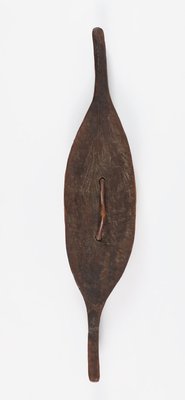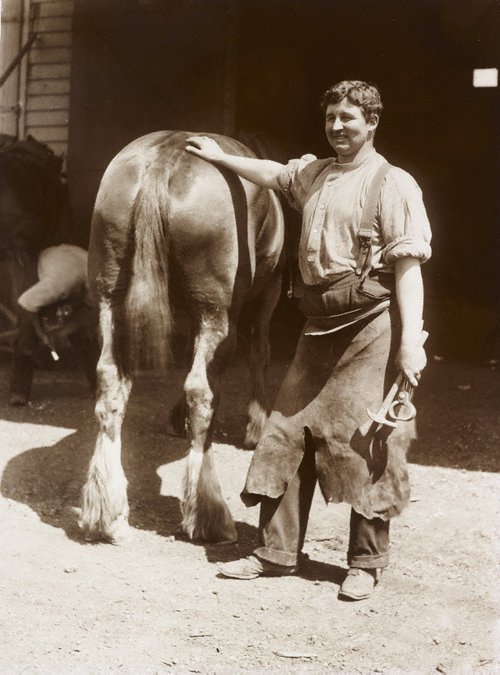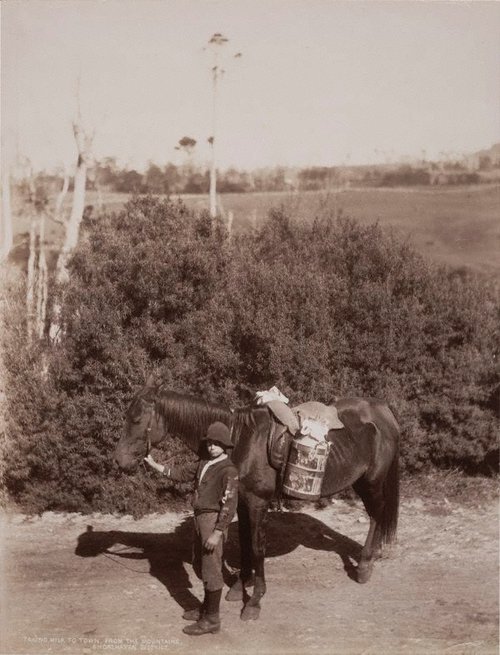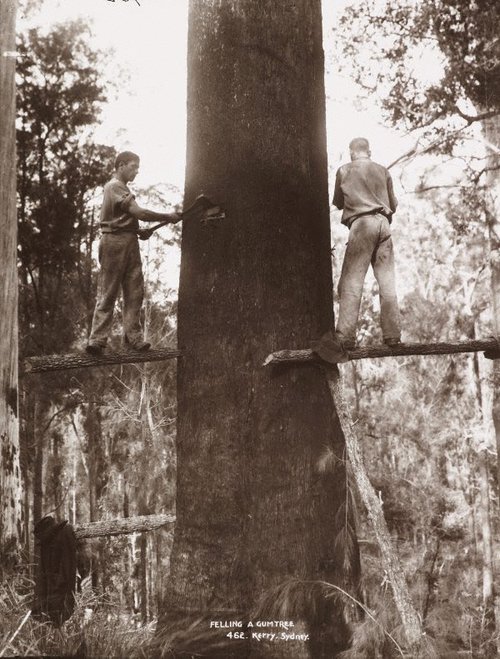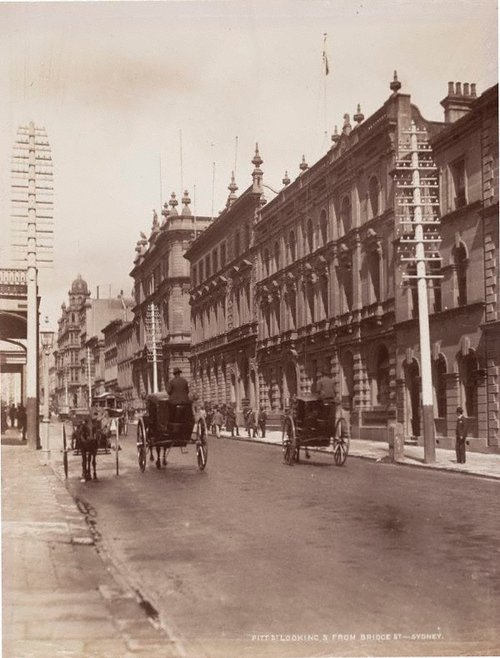-
Details
- Cultural origin
- South-east region
- Media categories
- Woodwork , Painting , Sculpture
- Materials used
- carved hardwood, cane handle and natural pigments
- Dimensions
- 93.4 cm height
- Credit
- Art Gallery of New South Wales Foundation Purchase 2018
- Location
- South Building, ground level, Grand Courts
- Accession number
- 526.2018
- Copyright
- Artist information
-
Unknown
Works in the collection
- Share
-
-
About
The term ‘broad’ refers to the flat face of the shield. They are sometimes called ‘spear’ shields as they are understood to have been used to deflect spears. South-eastern broad shields are created using two techniques: worked from the inner bark of a tree or carved from a solid piece of wood. This involves cutting the bark off a tree or a single piece of wood, paring it down and shaping it, then adding a cane handle.
The skill and time involved in creating shields indicates their cultural importance. Engraved with myriad lines, south-eastern shields best exemplify the region’s artistic cultural practice. These shields are often cloaked in an array of diamonds, zigzags, squares, bands, circles, criss-crosses and the occasional figure. These iconic designs empower the shield bearer by representing country and identifying both regional and clan affiliations. As seen in the imagery of both William Barak and Tommy McRae, broad and parrying shields played a central role in south-east ceremonies. Shields used in performance would often be painted with natural pigments, remnants of which can still be seen on many today.
The majority of broad shields were collected in the 1800s and early 1900s, and mostly without the artist’s name being recorded. Current research is identifying connections between shields, based on the clan designs on their surface, which will hopefully provide further clues as to the identity of their makers and their language group.

